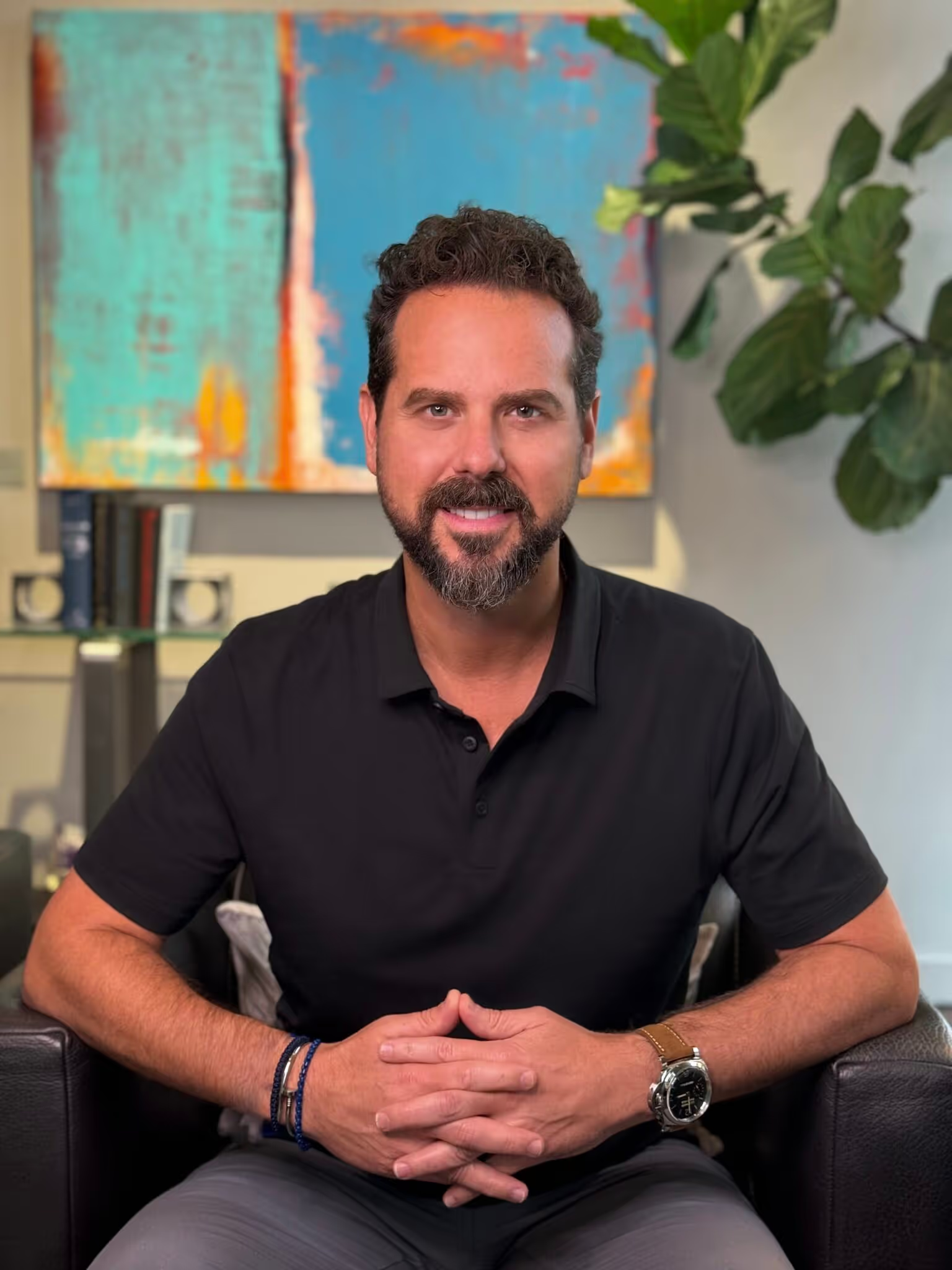
Where Are You Most Aware?
At any moment in life, we have the ability to focus our brains and become aware of our body, mind, and/or emotions. Therapist and author Rick Carson describes this as “zones of awareness.”
Depending on your DNA and upbringing, you may lean toward being aware of only one of those zones at a time. Just ask yourself these questions to figure out which way you may lean. When a close friend upsets you, do you instantly notice yourself:
- Breathing more quickly?
- Remembering the last time they upset you?
- Feeling anger?
Rapid breathing means you’re aware of your physical reactions. Recalling past history means you’re aware of what you’re thinking in that moment. And being able to feel and name what you’re feeling means you’re internally aware.
While all three of those results may occur, we tend to notice one more than the other. And because we so often lean one way, we tend to react to the situation in a less-than holistic manner.
It’s challenging to exercise full awareness in all three zones in the moment—or even in hindsight. But learning the art of being present means working on becoming more and more aware of where you’re aware.
The next time you’re facing a troubling moment, consider what you’re noticing about yourself in that moment. Are you aware of what your body is doing, or your mind, or your emotions? Even if you can’t exercise such awareness in the moment, try to recall the moment a few hours later and ask yourself, “Where was I most aware, and where can I be better aware next time?”

